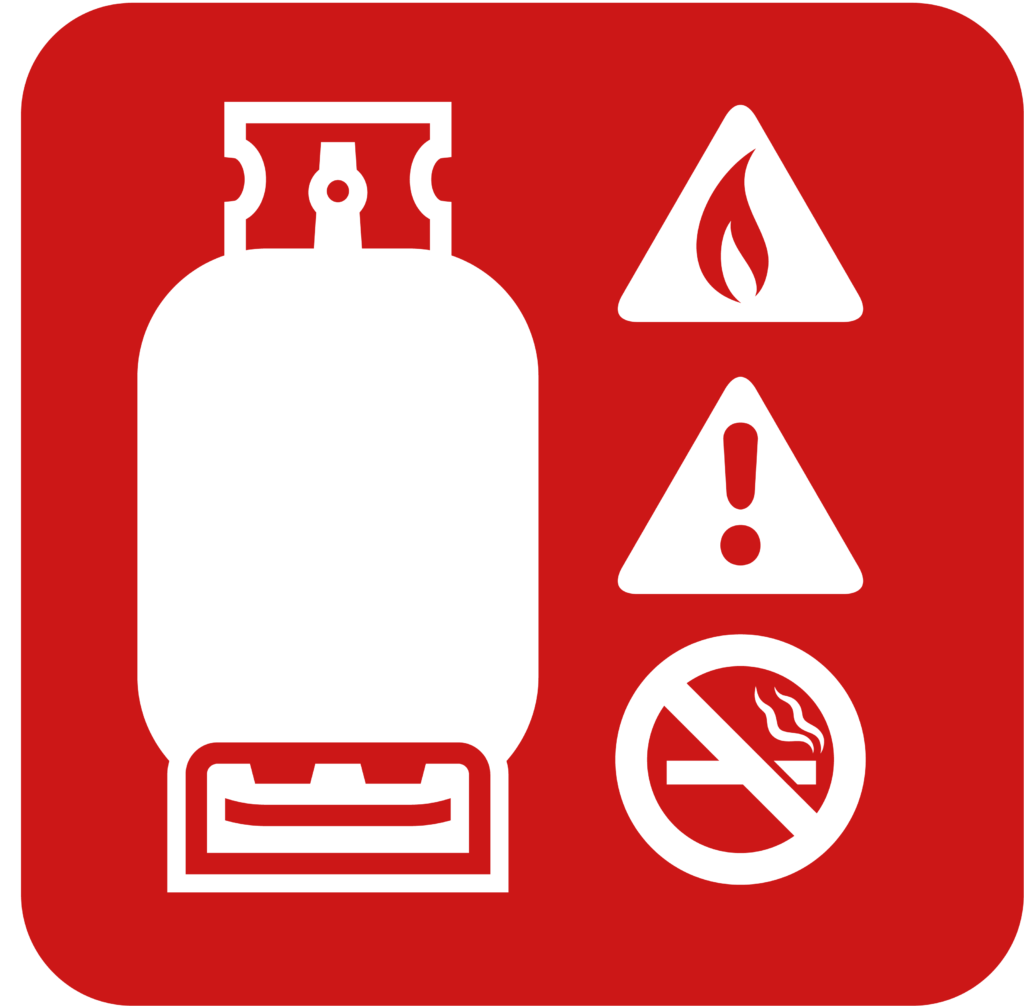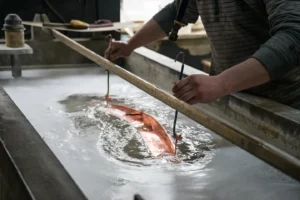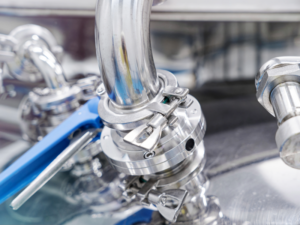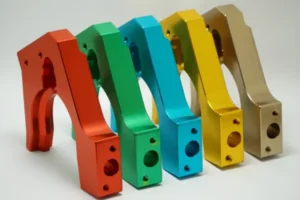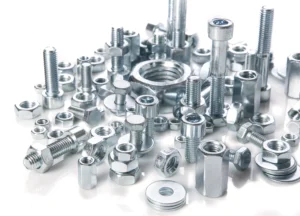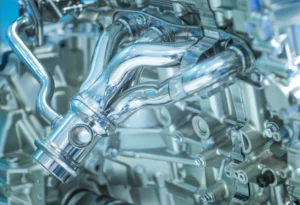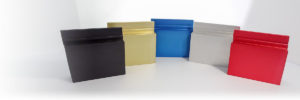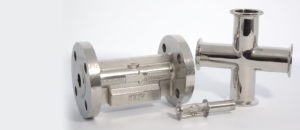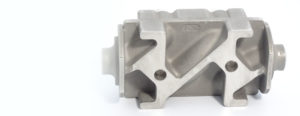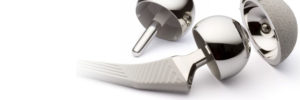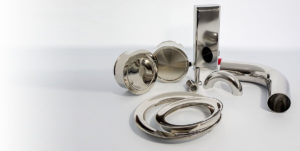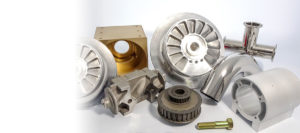ASTM G93 is the Standard Guide for Cleanliness Levels and Cleaning Methods for Materials and Equipment Used in Oxygen-Enriched Environments.
The cleaning procedures, commonly referred to as oxygen cleaning, are high-quality cleaning processes for equipment and pipework used in the operation, storage, and transport of oxygen.
Equipment that encounters greater than 23.5% oxygen should be cleaned to remove contaminants that could lead to a fire. An oxygen-enriched/pressurized environment will result in a more powerful explosion and can cause materials to ignite that would not normally burn in atmospheric air. Hence, the reason for removing combustible surface contaminants. Contaminants can include metal debris, hydrocarbon oils, greases, dust, or any residue that could cause a spark or ignite.
Sometimes customers request oxygen cleaning even when their parts have nothing to do with oxygen. The high degree of cleaning has become a criterion in the specialty gas market for the specific level of cleanliness of wetted flow path parts. If fittings or valves are cleaned for oxygen service, it means that all components that come into contact with the materials in the process are contaminant free.
What is Covered in ASTM G93
The guide covers the methods and means for cleaning materials and equipment designed for oxygen-enriched environments.
The cleaning procedures can be applied to most materials and equipment encountering contamination in the use of enriched air, mixtures of oxygen with other gases, and other oxidizing gases. The guide addresses cleanliness levels for specific applications and the procedures to obtain and certify cleanliness levels.
ASTM G93 and CGA G-4.1 Cleanliness Standards
In addition to ASTM G93, CGA G-4.1 is a standard offered by the Compressed Gas Association that also describes cleaning methods and requirements for equipment used in the production, storage, distribution, and use of liquid and gaseous oxygen to reduce the risk of fire, explosion, or promotion of combustion. Both documents specify the need to precision clean parts, equipment, and systems containing pure oxygen or pressurized oxygen.
Because the systems used in oxygen-enriched environments have different qualities, a variety of methods are defined in both standards.
The guidelines detail several aqueous and solvent-based cleaning methods along with the advantages and disadvantages of the various methods.
Before deciding which precision cleaning process will be used, AMF Technologies works with customers to determine the level of cleanliness and the types of material, contamination, finish, and other details required for the cleaning of their products.
After the parts are cleaned, they must be protected against recontamination with special packaging materials and documentation processes.
Experience Matters
A variety of factors are used to determine the appropriate cleaning method for parts and equipment based on the type of system and partnering with an experienced service provider is crucial. Project managers, engineers, and business owners have been able to rely on AMF Technologies for over 40 years for processing a wide range of parts for industries including aerospace, semiconductor and life sciences. For questions or quotes, give us a call at 781-982-0137, send an email to sales@amftechnologies.com, or complete our contact form.
